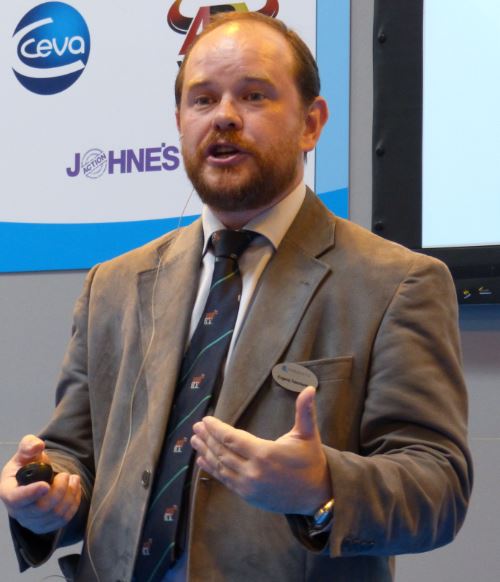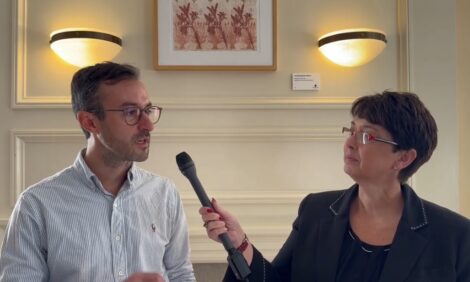



Look North For Healthy Hooves: Breeding Against Lameness
SCANDINAVIA – Nordic countries sit on the world’s largest hoof health database and are keen to share the genetic benefits.Major advances in dairy cow lameness can be made through daughter proven genetic indexing from around half a million cow evaluations each year, according to breeding companies based in the region.
Of these, 300,000 come from Denmark, Sweden and Finland and incorporated in the Nordic Cattle Genetic Evaluation.
World Leaders
History was made in 2011 when hoof health was included in the Nordic Total Merit index.
This was the first time overall breeding goals catered for hoof health.
Viking Genetics says that, while the Dutch have an index incorporating hoof information, theirs is solely based on hoof health observations and hoof health genetics remains “special” to Scandinavia.
And while hoof information can inform breeding strategies for tomorrow’s herd, experts are keen to stress the information can be used for responsive management decisions.
Large data sets are important as hoof health traits, like heritability traits, are “quite low”, according to Tor Sletmoen, managing director of Geno.
“We require high daughter numbers in Norway before we have proven hoof health improvement,” he told TheDairySite. “A key difference in Norwegian Reds is they use twice as many proven daughters than Viking Reds.”
Cow are under greater scrutiny in Scandinavia, with veterinarians doing a huge share of cow treatments. Around 40 per cent of Norwegian cows are milked by robots and all cows have had a health card since the 1970s.
“Vets must be called for all cow treatments and the card records all ailments and treatments,” said Mr Sletmoen.
“Health card systems allow us to assess how Bulls have done.”
Breeding company Viking Genetics - based across Denmark, Sweden and Finland – says Scandinavia has been the pioneer of health and fertility trait indexing in selection long before the US, UK, Germany, the Netherlands and Canada.
As far back as 1986, the selection index of Danish, Norwegian and Swedish cattle was over 30 per cent health and fertility. It took around 20 years for the rest of the world to catch up.
This is according to Seppo Niskanen, export manager at Viking Genetics, a totally farmer owned business in operation since 2008.
He says the attitude to hoof health genetics has changed a great deal. He says Denmark’s electronic database is a step ahead of paper protocols, feeding data directly to the central database.

Speaking at the recent Livestock Event, he said: “Twenty to thirty years ago it was difficult to work with vets as they didn’t think health traits were particularly heritable – it was the same with foot trimmers.
“Seeing a cow’s whole history may tell you why it might have had lameness problems.”
Why is it Genetic?
There is great variety across bulls, although dermatitis performs as the “most heritable” trait.
Hoof health and genetics is "quite a complicated picture", although a bull with sound hoof health credentials for sole ulcers and dermatitis should have good hoof health “across the board”, explained Dr Evgenij Telezhenko, sire analyst at Viking Genetics.
He said: “You can expect to breed for sole ulcers at 90 per cent, although they would be nearer 100 per cent if we weren’t also concerned about hygiene related lameness issues.”
According to Dr Telezhenko, the difference in sole ulcer hardiness between the best and worst bulls is seven percentage points, he added.
Why Could it Be Genetic?
- Immunity
- Regeneration
- Claw horn quality
- Metabolism
- Conformation
- Behaviour
He said sole ulcers cost, on average, £320 per case, which across a 150 cow herd would mean over £3,000 and can be addressed purely through breeding strategy.
Dr Telezhenko added: “One of the biggest impacts of lameness is fertility and production. The correlation between improving hoof health and better cow longevity is strong.”
Michael Priestley
News Team - Editor
Mainly production and market stories on ruminants sector. Works closely with sustainability consultants at FAI Farms



